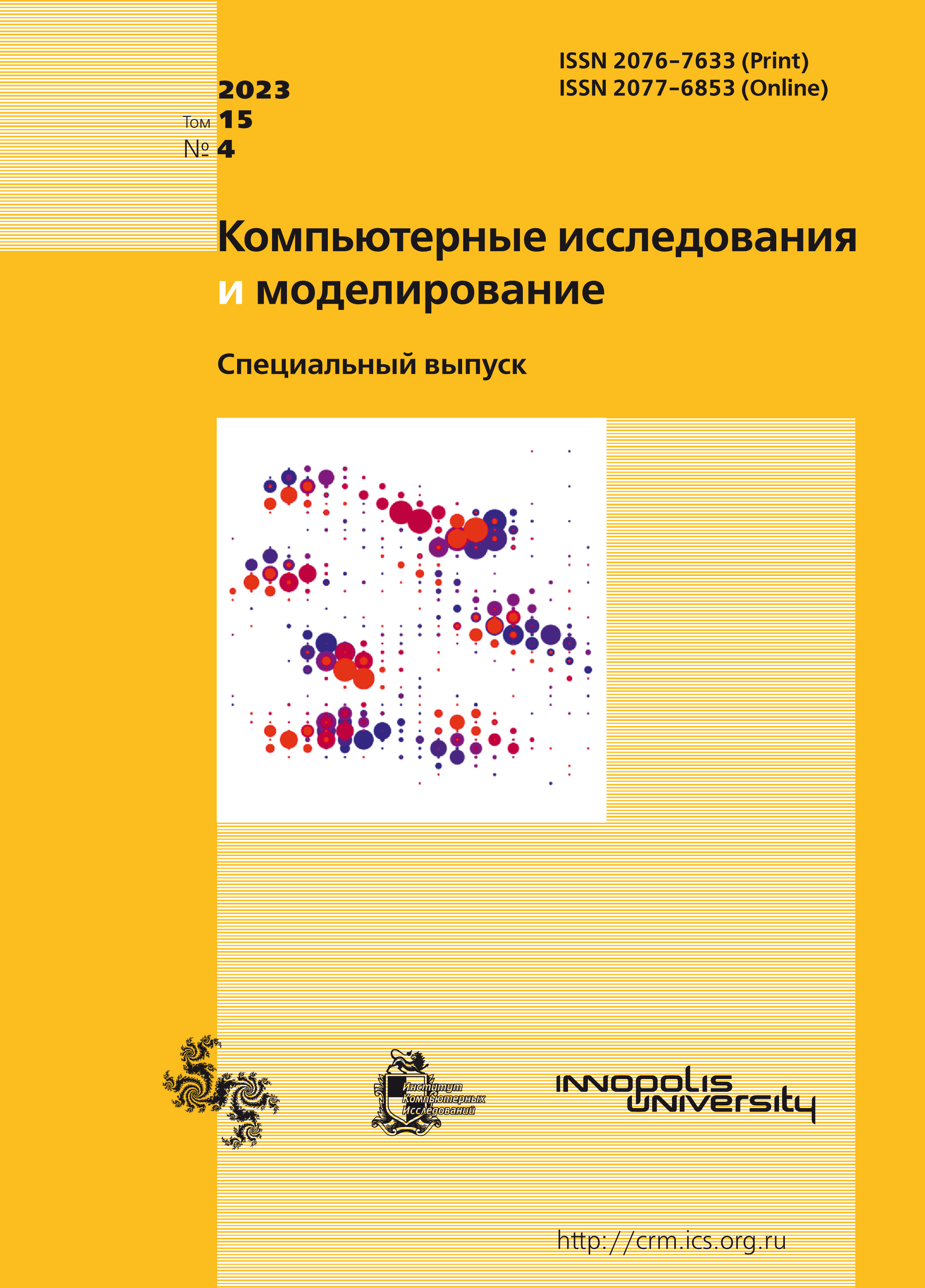All issues
- 2025 Vol. 17
- 2024 Vol. 16
- 2023 Vol. 15
- 2022 Vol. 14
- 2021 Vol. 13
- 2020 Vol. 12
- 2019 Vol. 11
- 2018 Vol. 10
- 2017 Vol. 9
- 2016 Vol. 8
- 2015 Vol. 7
- 2014 Vol. 6
- 2013 Vol. 5
- 2012 Vol. 4
- 2011 Vol. 3
- 2010 Vol. 2
- 2009 Vol. 1
Development of acoustic-vortex decomposition method for car tyre noise modelling
 pdf (2694K)
pdf (2694K)
Road noise is one of the key issues in maintaining high environmental standards. At speeds between 50 and 120 km/h, tires are the main source of noise generated by a moving vehicle. It is well known that either the interaction between the tire tread and the road surface or some internal dynamic effects are responsible for tire noise and vibration. This paper discusses the application of a new method for modelling the generation and propagation of sound during tire motion, based on the application of the so-called acoustic-vortex decomposition. Currently, the application of the Lighthill equation and the aeroacoustics analogy are the main approaches used to model tire noise. The aeroacoustics analogy, in solving the problem of separating acoustic and vortex (pseudo-sound) modes of vibration, is not a mathematically rigorous formulation for deriving the source (righthand side) of the acoustic wave equation. In the development of the acoustic-vortex decomposition method, a mathematically rigorous transformation of the equations of motion of a compressible medium is performed to obtain an inhomogeneous wave equation with respect to static enthalpy pulsations with a source term that de-pends on the velocity field of the vortex mode. In this case, the near-field pressure fluctuations are the sum of acoustic fluctuations and pseudo-sound. Thus, the acoustic-vortex decomposition method allows to adequately modeling the acoustic field and the dynamic loads that generate tire vibration, providing a complete solution to the problem of modelling tire noise, which is the result of its turbulent flow with the generation of vortex sound, as well as the dynamic loads and noise emission due to tire vibration. The method is first implemented and test-ed in the FlowVision software package. The results obtained with FlowVision are compared with those obtained with the LMS Virtual.Lab Acoustics package and a number of differences in the acoustic field are highlighted.
Copyright © 2023 Aksenov A.A., Kashirin V.S., Timushev S.F., Shaporenko E.V.
Indexed in Scopus
Full-text version of the journal is also available on the web site of the scientific electronic library eLIBRARY.RU
The journal is included in the Russian Science Citation Index
The journal is included in the RSCI
International Interdisciplinary Conference "Mathematics. Computing. Education"






